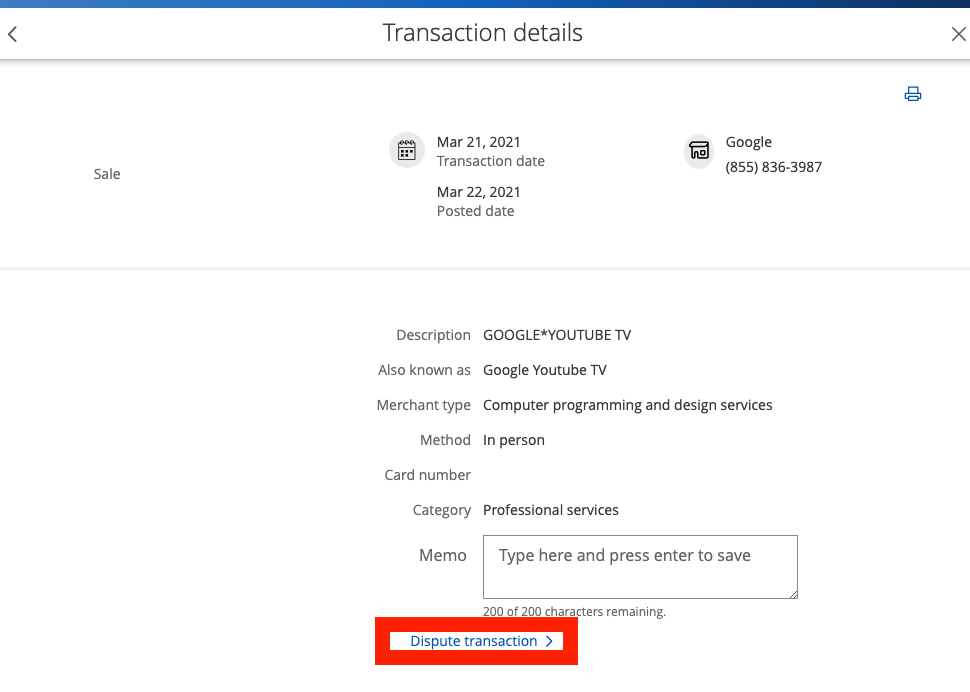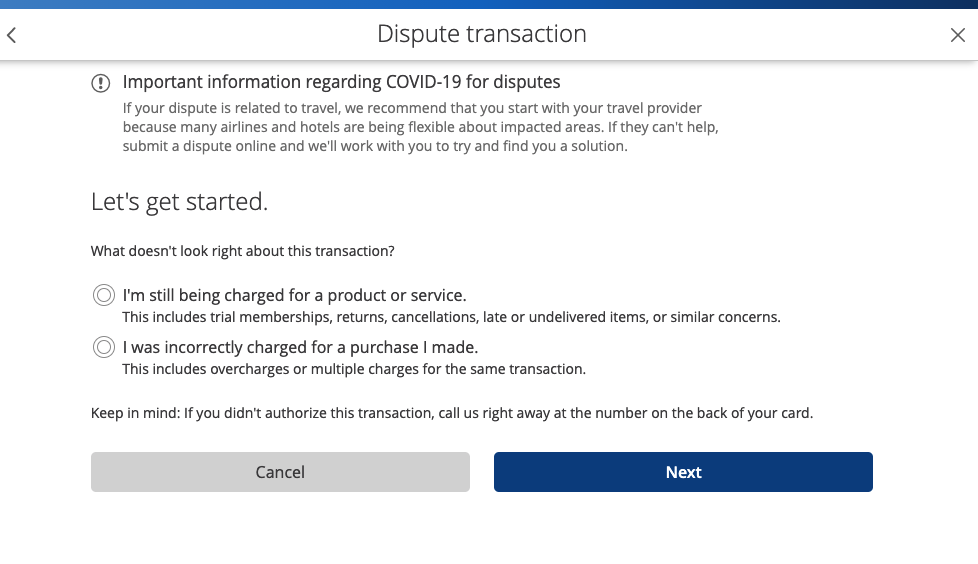Jarrod West
Jarrod West
Senior Content Contributor
591 Published Articles
Countries Visited: 21U.S. States Visited: 24
Boasting a portfolio of over 20 cards, Jarrod has been an expert in the points and miles space for over 8 years. He earns and redeems over 1 million points per year and his work has been featured in o...
Edited by: Keri Stooksbury
Keri Stooksbury
Editor-in-Chief
74 Published Articles 3709 Edited Articles
Countries Visited: 54U.S. States Visited: 28
Editing with Upgraded Points for over 6 years, as editor-in-chief, Keri manages the editorial calendar and oversees the efforts of the editing team and over 20 content contributors, reviewing thousand...
![How To Dispute a Credit Card Charge With Chase [2025]](https://upgradedpoints.com/wp-content/uploads/2022/09/Chase-Sapphire-Reserve-Upgraded-Points-LLC.jpg?auto=webp&disable=upscale&width=1200)


![CareCredit® Credit Card — Review [2024]](https://upgradedpoints.com/wp-content/uploads/2020/05/Synchrony-CareCredit-Card.png?auto=webp&disable=upscale&width=1200)
![The World of Hyatt Credit Card – Full Review [2025]](https://upgradedpoints.com/wp-content/uploads/2018/03/World-of-Hyatt-Credit-Card.png?auto=webp&disable=upscale&width=1200)
![Full List of Chase Credit Card Customer Service Numbers [2025]](https://upgradedpoints.com/wp-content/uploads/2021/01/Chase-Building-Logo.jpg?auto=webp&disable=upscale&width=1200)
![Chase Freedom® Credit Card — Full Review [2025]](https://upgradedpoints.com/wp-content/uploads/2019/11/Chase-Freedom-Card.png?auto=webp&disable=upscale&width=1200)